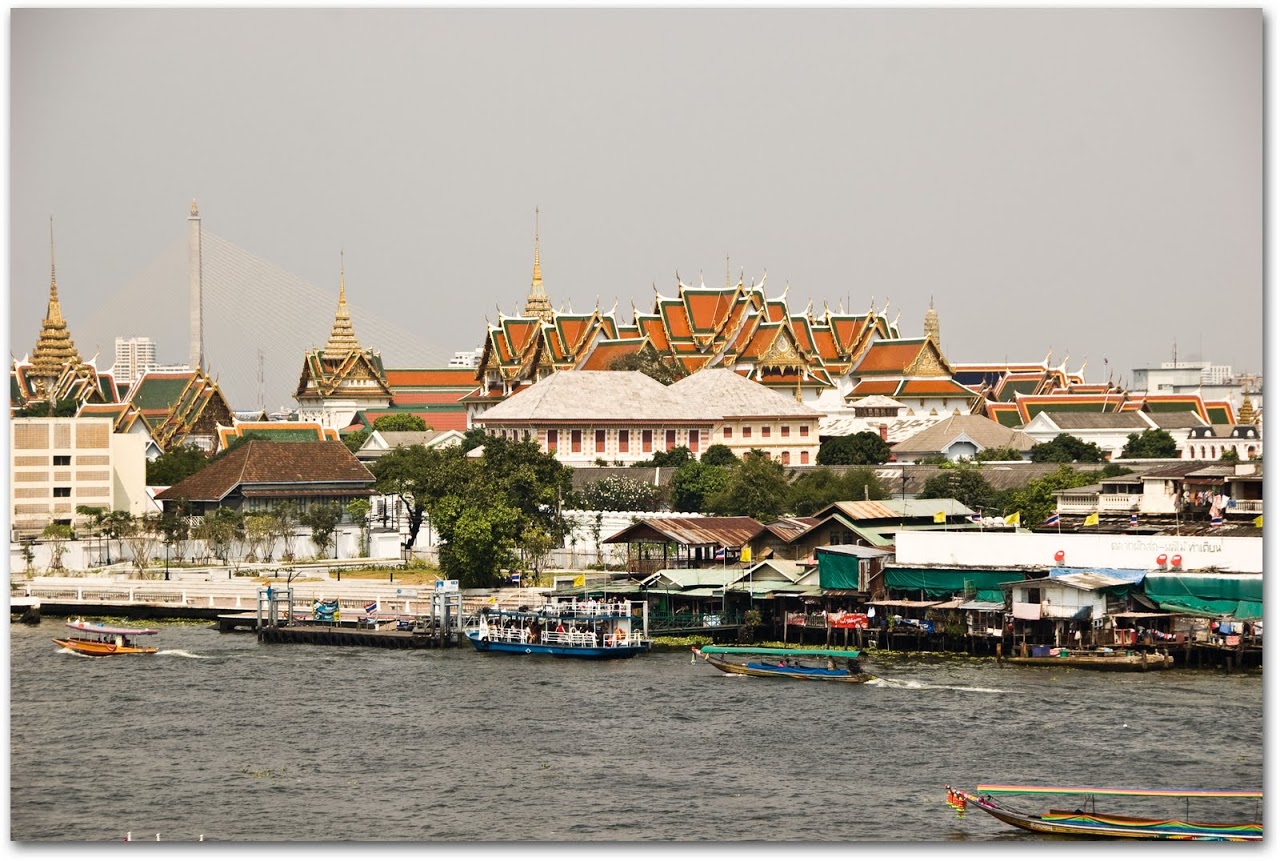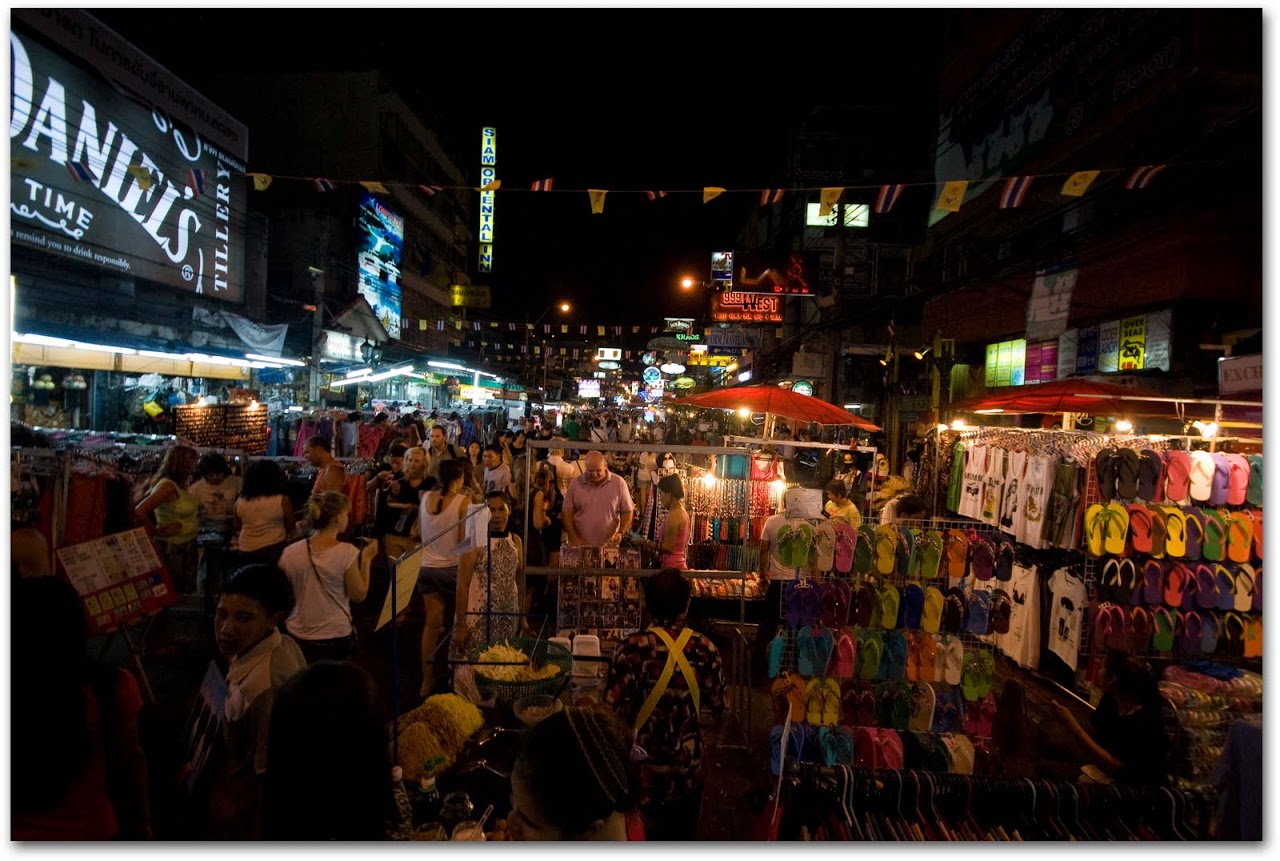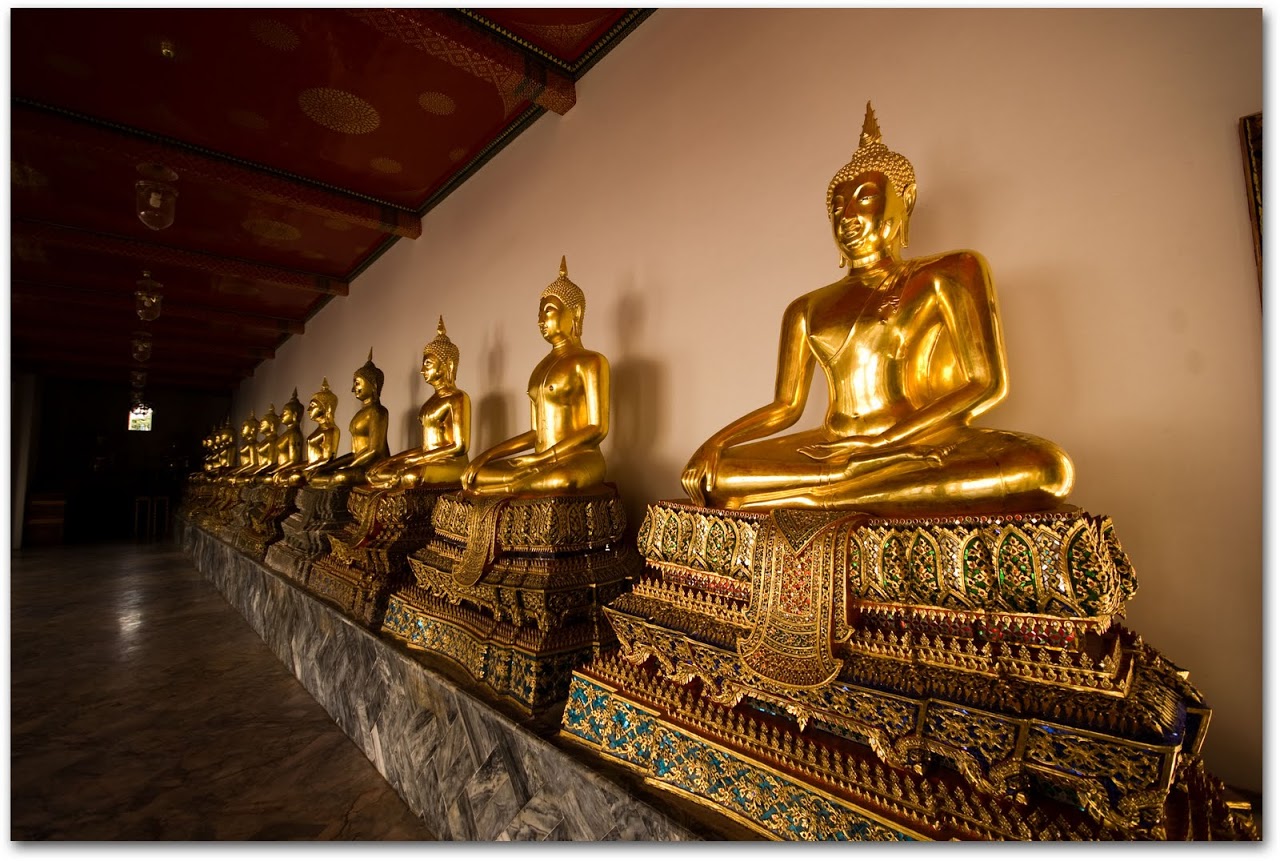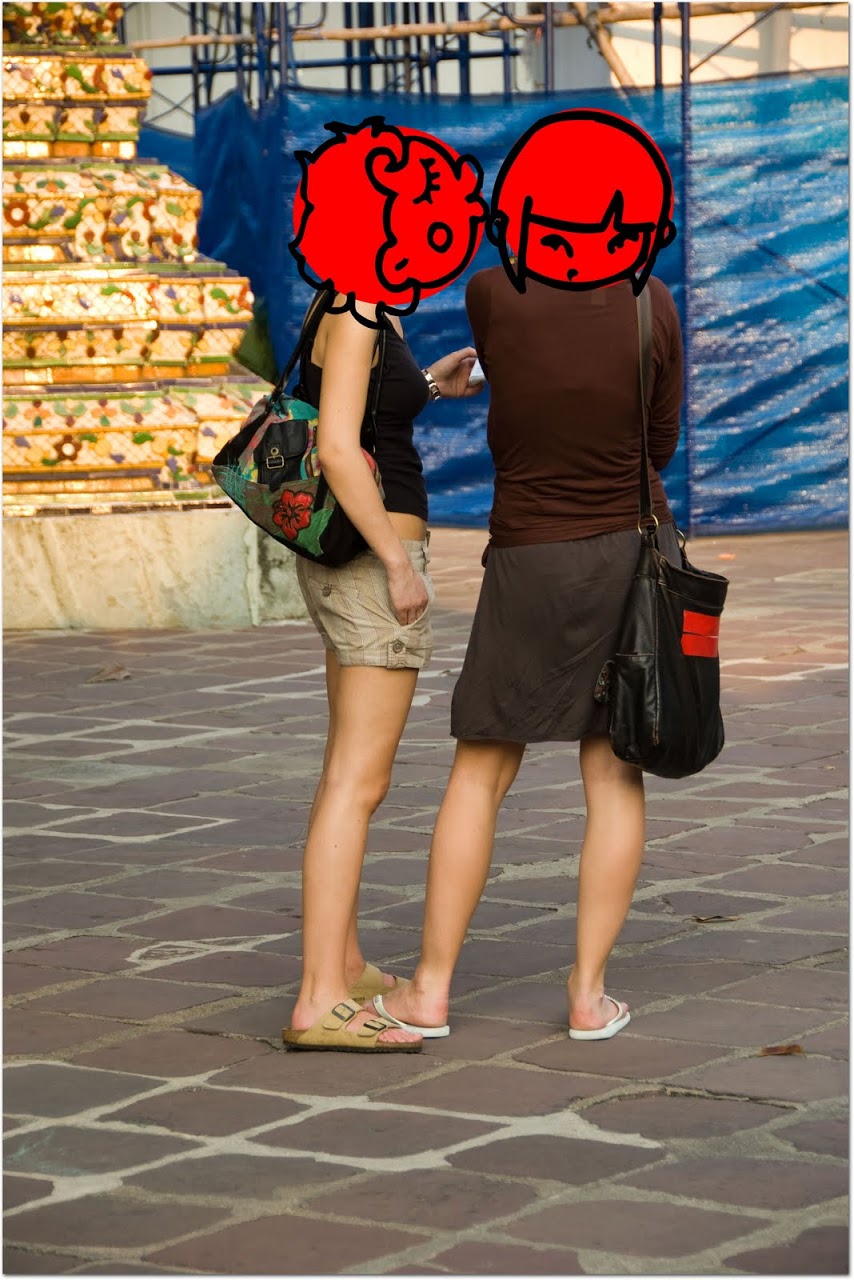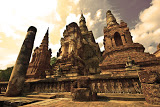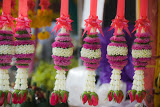Bangkok
On any given day in Bangkok, Patrick and I find ourselves grumbling about “stupid tourists” as if we are about fifty years older than we actually are. After three weeks traveling in more conservative northern Thailand, we quickly learned that if you show a modicum of respect, the Thai people will welcome you with glowing smiles but if you are disrespectful (even unknowingly), then they will stare at you with shocked eyes and, on occasion, refuse to help you or begin arguing with you.
On the upside, it is incredibly easy to learn what Thais consider “polite manners” and these six rules should make you many friends in Thailand:
#6:
Never yell or raise your voice during bargaining.
Of course, in general, it is hard to make friends if you scream at people but in cities like New York, being rude may be the only way to get the end result you need. Not so in Thailand. Thai culture frowns on antagonism and overt conflict. For example, we did some minor damage to one of the motorbikes we rented. The rental company owner kept apologizing
to us
because he had to ask us more money than we originally offered to pay for the damage. After a few days in Thailand, we quickly picked up on this cultural quirk but we have seen several shop owners be completely taken aback and offended when tourists start yelling at them.
#5: Do not criticize the king or Buddhism.
Thai people take their religion and their king very seriously and it is a criminal offense to criticize the king. Stand while the national anthem is being played in movie theaters or in markets.
#4: Watch your feet. If you are going to be traveling around Asia, invest in a good pair of sandals because you will be taking your shoes off whenever you visit temples, walk into a guesthouse, or even enter certain museums. Also, do not point your feet toward Buddha at temples.
#3: Learn a few Thai phrases.
Thais use the wai, a gesture similar to the Indian Namaste, with palms placed together and a quick bow of the head, to show respect when saying hello and goodbye. The Thai people seem amazed that we have taken the trouble to learn to greet them with a wai and “sawasdee ka (for women)/krup (for men).” “Korp koon ka/krup” means “thank you.” Easy enough, right?
[If you are heading to Cambodia, "hello" is "Sua s'day" and "thank you" is "au khun." Cambodians have been even more impressed that we know those two Cambodian phrases.]
#2: Do not wear clothes showing your legs and shoulders at Buddhist temples.
Every single tourist map, guidebook, and temple has signs and warnings telling people to wear appropriate clothing but many enter the temples wearing sleeveless tops or shorts. Most temples in Bangkok rent unattractive sarongs to wear while walking around but if you want to save your fashion sense and money, consider wearing pants that you can roll up after you visit the temple and a short-sleeved shirt.
And, the big one . . . .
Ummm... why, just why?
#1: Do not wear overtly offensive T-shirts at holy places and temples.
The picture above was taken at Wat Pho, one of the most sacred temples in all of Thailand, and prompted the writing of this post. Please remember that many Buddhist monks read English; about half the folks at the temple couldn't take their eyes off this guy's shirt and I felt so awkward for the poor monks sitting near us. So, when you put your t-shirt on in the morning
, ask yourself whether you would want a Buddhist monk to read it.
The good news is that the vast majority of folks we have met in Bangkok ---- especially Gary from
Everything Everywhere
and Greg at
Greg to Differ
--- are cool, interesting, and not stupid at all. That makes us happy.








